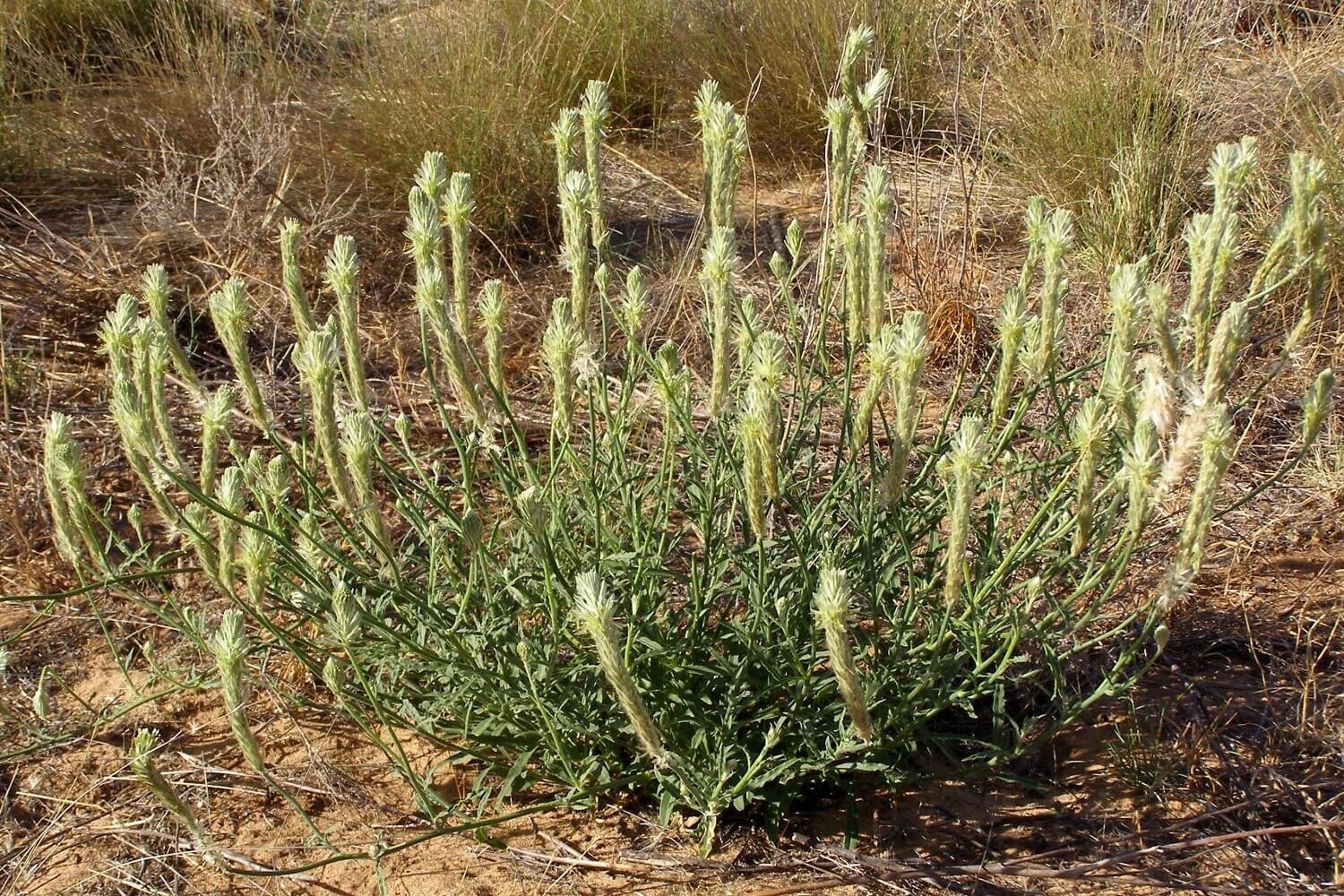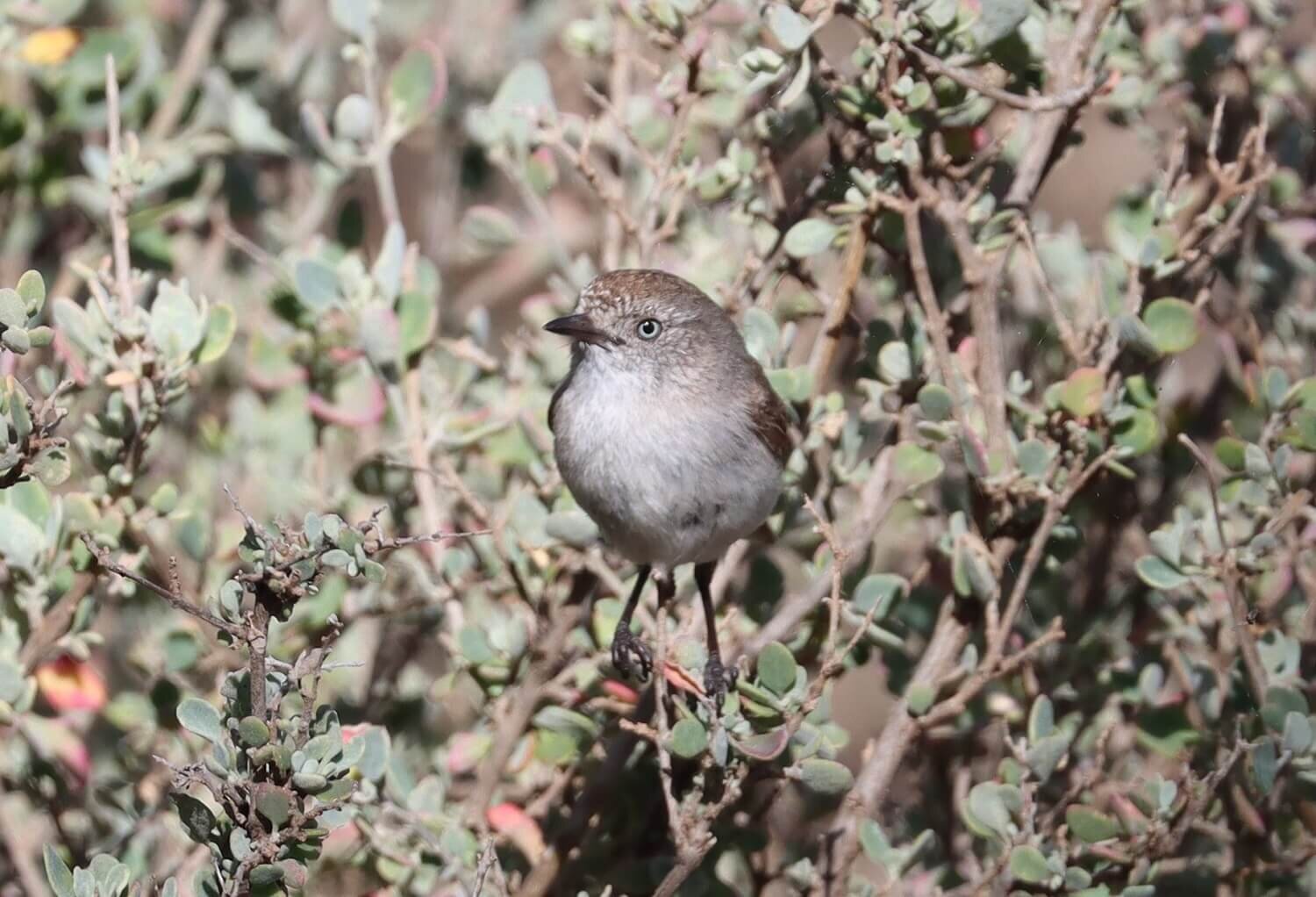Tricky juveniles
I like plants, a lot. They just sit there and are easy to photograph. If they’re not in their breeding plumage, you can mark the location and come back later. They will still be there, waiting for you, even years later. They will not have migrated north, or just moved on. They are faithful to their chosen location. You can even take little bits of them home to check out under the microscope. Identification relies on delving into the detail, which is something I love.
Up until now, my bird watching has been pretty casual. I walk around the bush looking at plants, occasionally pointing vaguely “There’s a bird over there,” when I hear a bird call. Then Phil, who’s a little deaf* but has a keen eye, will tell me the species of bird. I rarely pull him up, unless he says something ridiculous like “It’s a Spangled Drongo.” (despite my disbelief, we were in Queensland and there really is a bird called a Spangled Drongo). So, I look at the bird, as identified by Phil, admire the way it flits in and out of my field of vision, and then return to poking about among the plants.
In 2020, things changed. Phil got a camera as a retirement present. And thanks to Michael Gooch (Outside Four Walls), the camera is remarkably good at taking photographs of birds. Suddenly, Phil can take an amazing photo and I can study the detail of the bird! Hooray! “This bird identification will be a lark,” (pun intended), I thought. Look, there’s just one bird book for all of Australia. I have much larger books, just for a regional collection of plants. Easy.
But then I started to get it wrong, a lot, and sometimes I couldn’t figure the bird out at all and had to expose my ignorance on social media. Thanks, Facebook and Mildura Birdlife. The local birdos were always quick to point out, gently, that I had missed a key diagnostic feature, or that the bird is a JUVENILE. Apparently, being a juvenile makes it okay to have spots, stripes or odd colors missing …. or present … pretty much at random, so a juvenile does not resemble the adult bird at all.
So here is a collection of juvenile birds and their adult counterparts:
A Chestnut-rumped Thornbill showing the characteristic white scalloping on the forehead and the white iris of the eye.
An adult Jacky Winter - “rather plain”
Adult Little Friarbird has a blueish face.
Hard to miss the adult male Rufous Whistler
The adult Horsfield’s Bronze-cuckoo has really obvious barring of the underparts
A juvenile Chestnut-rumped Thornbill - no scalloping, no white eye … grrrr …
And the juvenile Jacky Winter - dark brown with bold whitish streaking.
But the juvenile Little Friarbird has a bizarre yellow throat!
But the juvenile is pretty plain with heavy breast streaks
But the juvenile Horsfield’s Bronze-cuckoo just goes plain.











